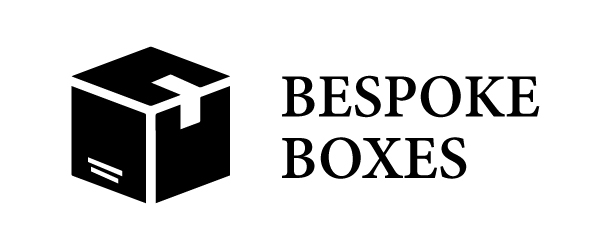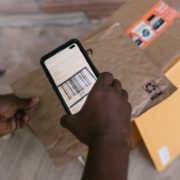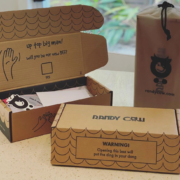Is Cardboard the most Sustainable Packaging Material?
New packaging materials are constantly under development. At present, the focus is on sustainability. The world needs reliable packaging made from recycled materials which can be recycled again and which will biodegrade.
This Lead Innovation article highlights some future packaging materials which are in the later stages of development. These include using mycelium (fungus), sugar cane and milk proteins to create new and protective materials.
Widely Available Sustainable Packaging
At present, these materials are not widely available or commercially viable on a large scale. There are, however, some long-standing packaging materials that are sustainable. Consider glass, aluminium and cardboard in your product packaging.
Corrugated Cardboard Boxes
Paper-based packaging relies on the felling of trees, which is not seen as an environmental benefit. However, FSC accredited packaging suppliers source raw material from responsibly managed forests. In these woodlands, new trees are planted to ensure a harvest for future generations.
Mixed in with new fibres is a high percentage (typically 87%) of recycled cardboard fibres. These are recycled time and again and will biodegrade when no longer in use.
The production of cardboard boxes is also less impactful than other packaging materials. This ProCarton Report compares the carbon footprint of cardboard and its alternatives. It shows that the traditional cardboard box can still stand alongside future packaging materials in terms of sustainability.
When looking for sustainable packaging materials, keep pace with innovations, but don’t rule out the traditional options which also tick the sustainability boxes.





